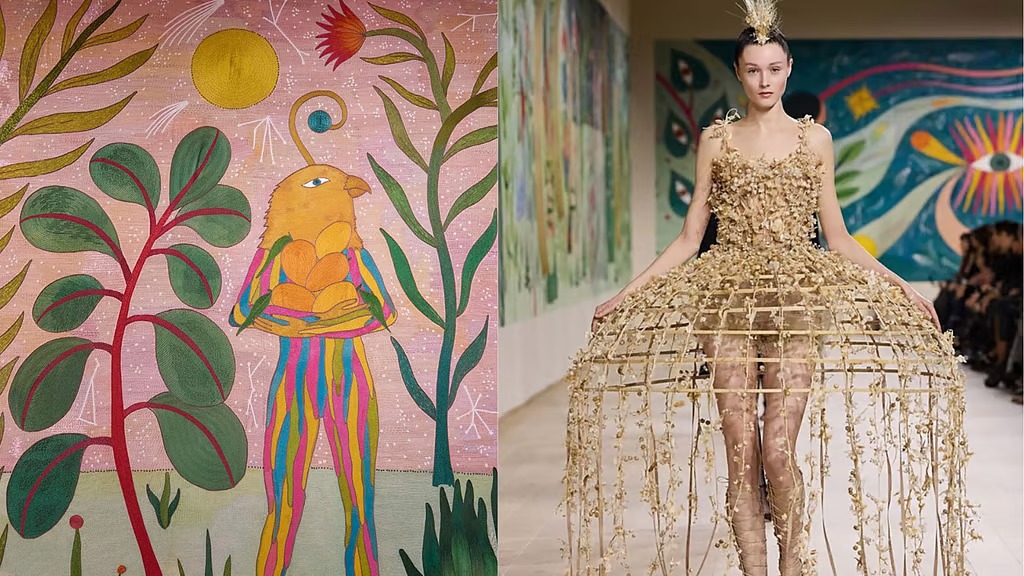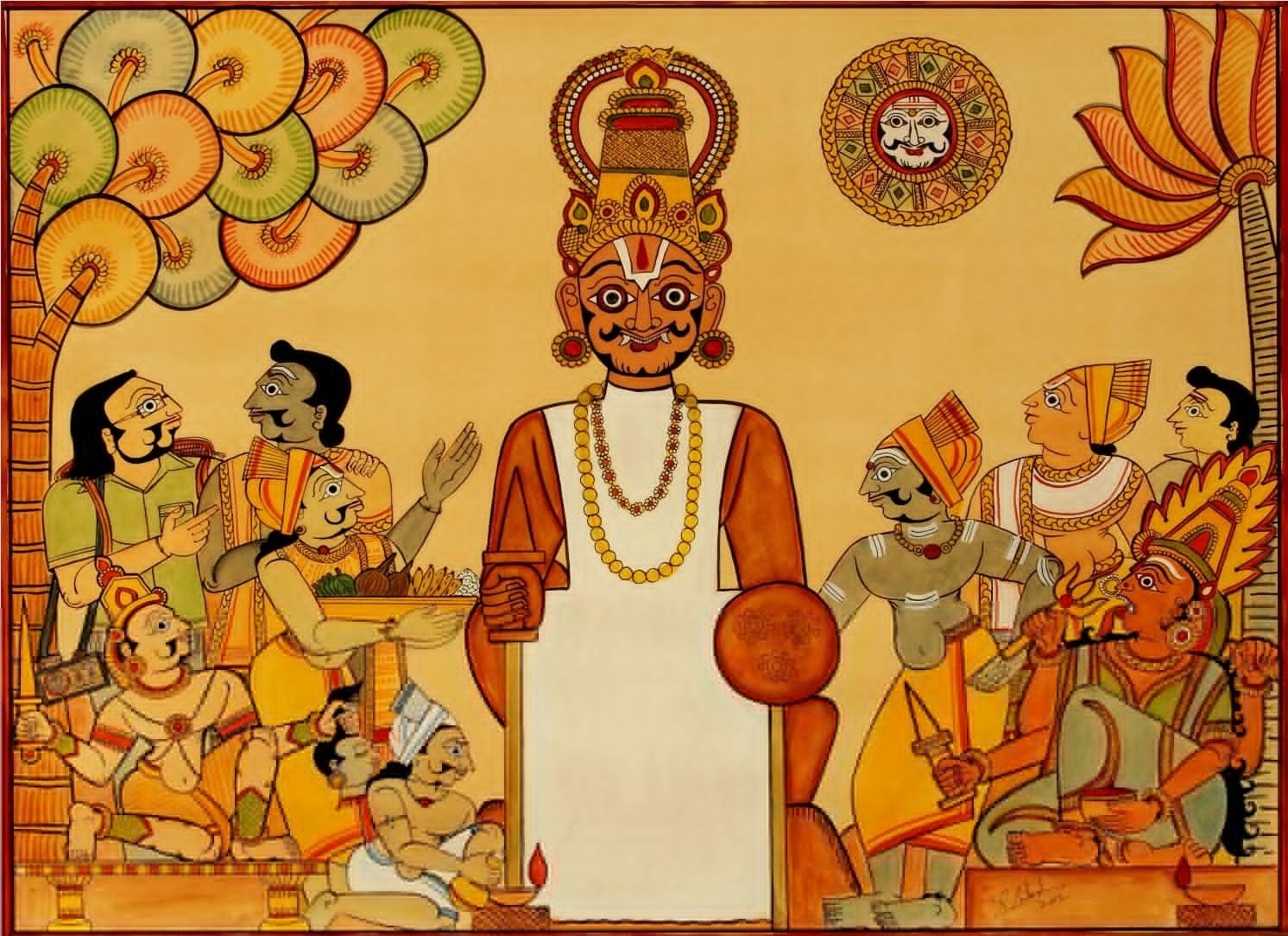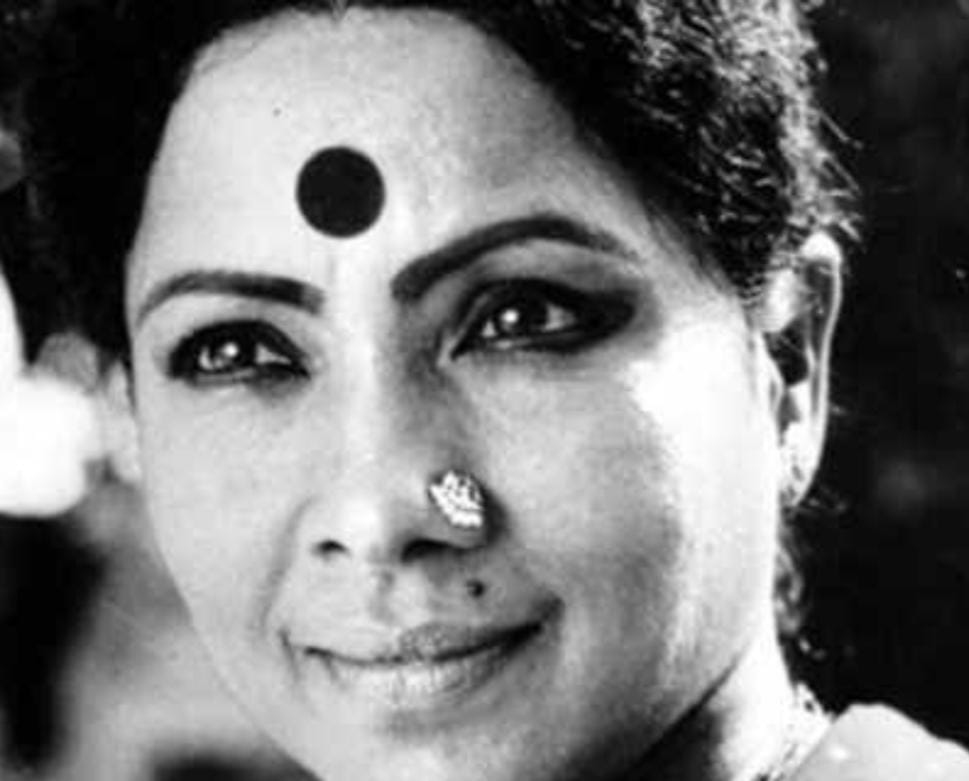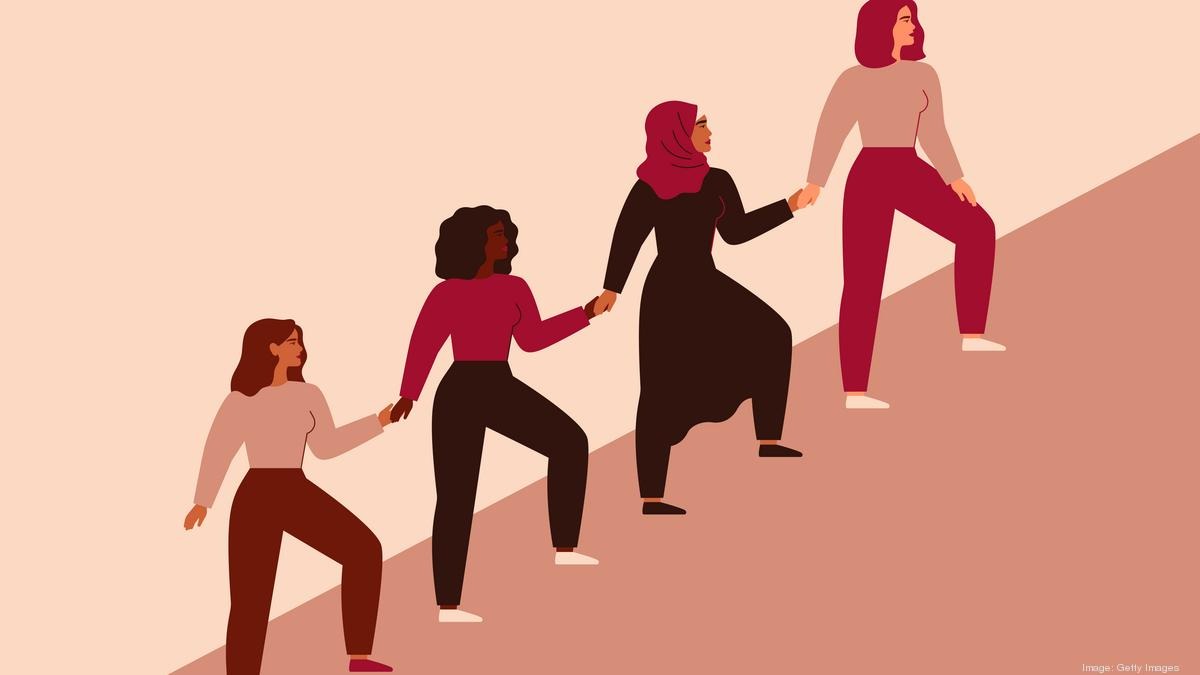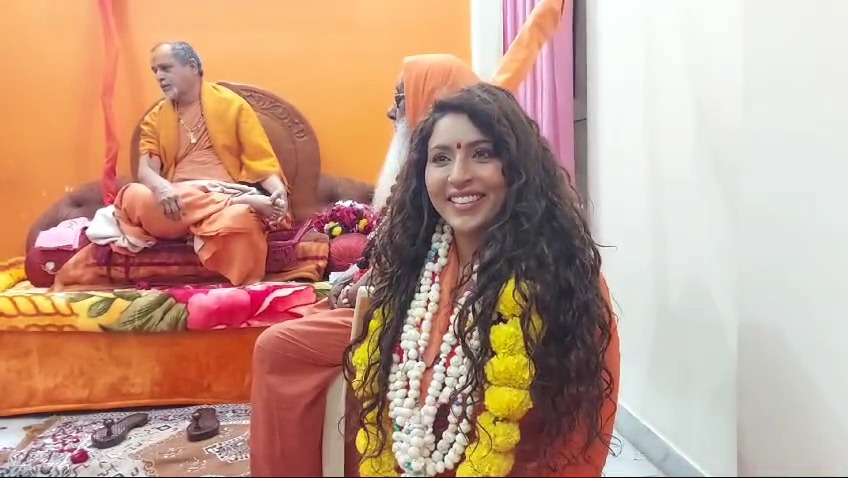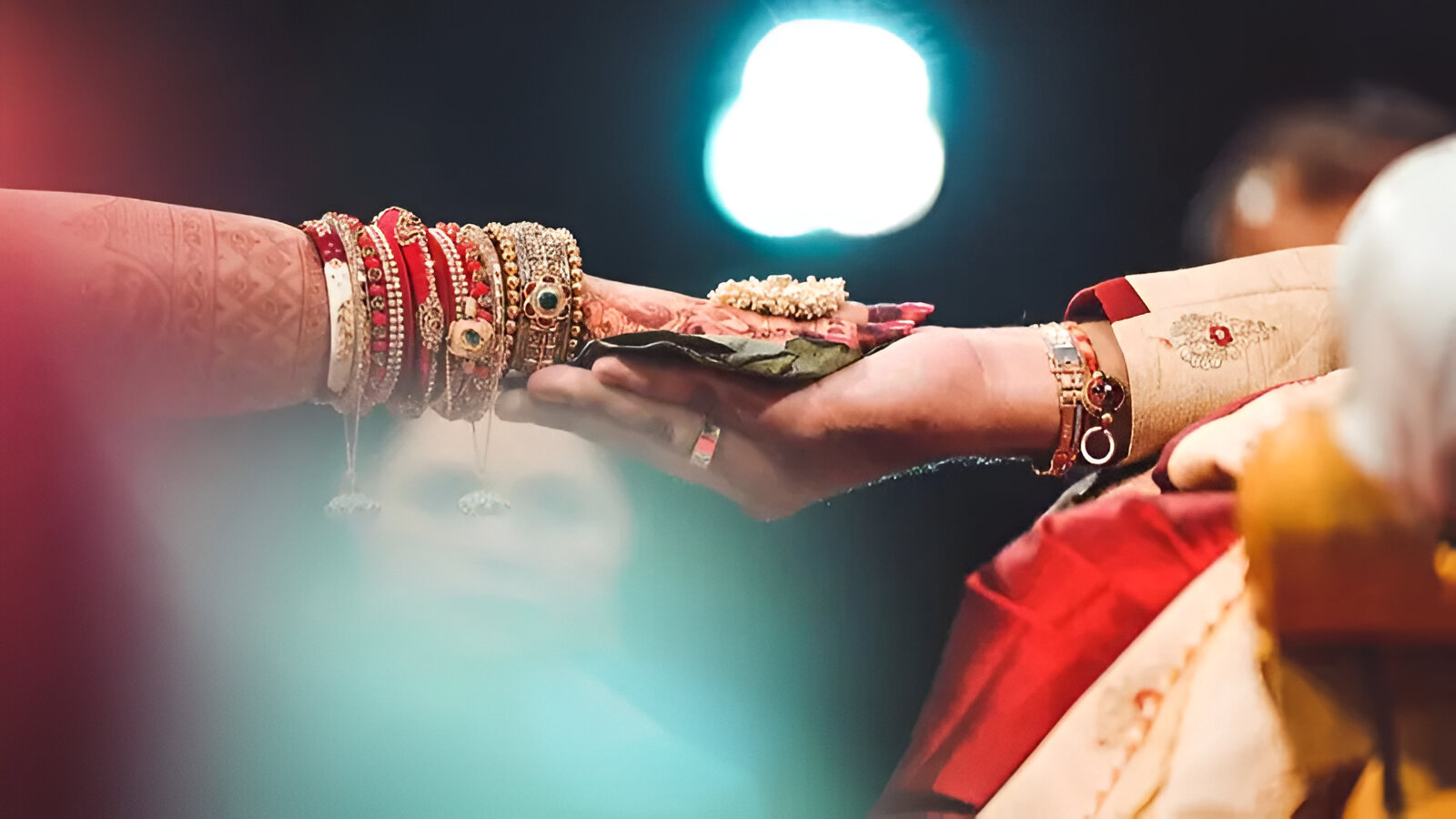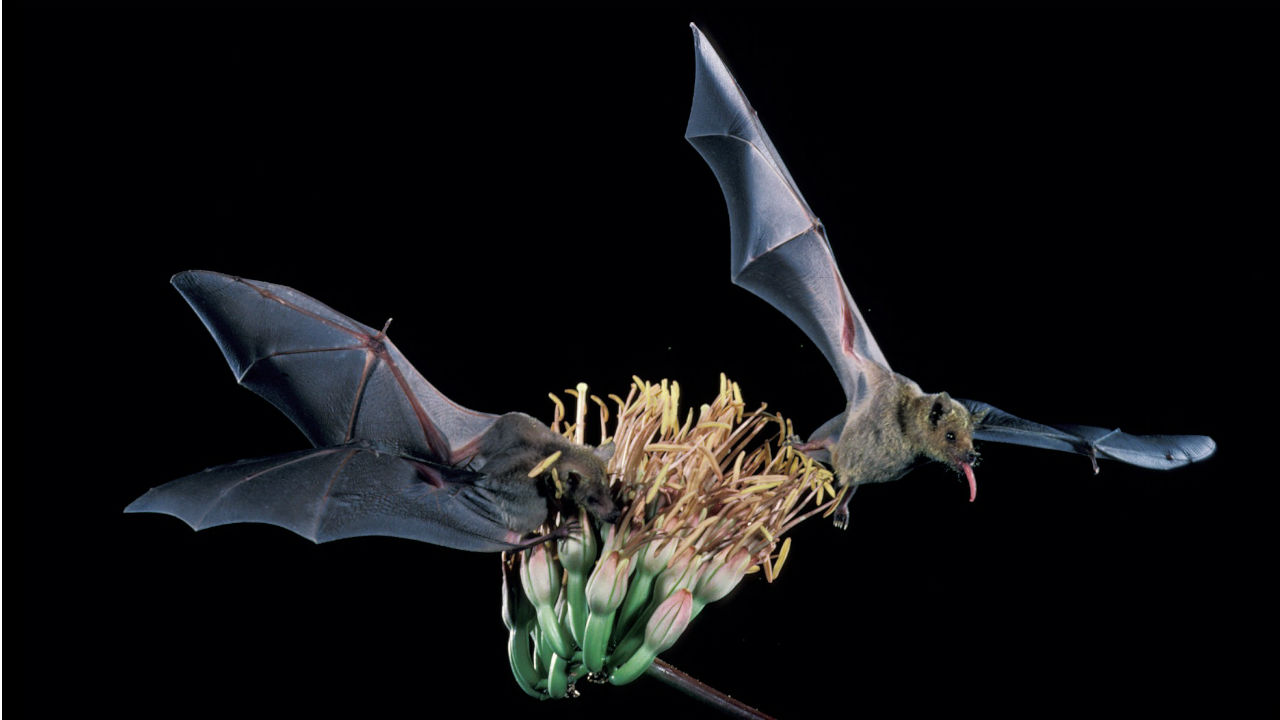How British Photography Represented Indian Women: Nautch Girls, Aayahs, and Bhadramahilas
- ByAakriti Garg
- 04 Feb, 2025
- 0 Comments
- 2
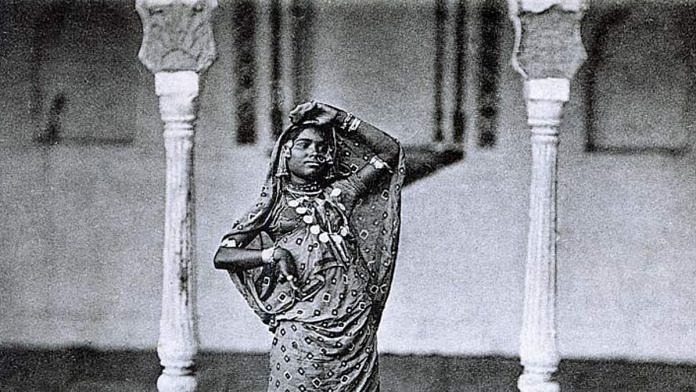
During British colonial rule in India, photography became a powerful tool for documenting, categorizing, and shaping narratives about Indian society. Indian women, in particular, were depicted through three dominant stereotypes in colonial photography—the nautch girl (dancer), aayah (caretaker or nanny), and bhadramahila (respectable lady). These representations not only reflected British perceptions of Indian femininity but also influenced how Indian women were viewed both at home and abroad.
The nautch girl was often portrayed as a seductive performer, dressed in elaborate jewelry and expressive attire. British photographers, fascinated by the exoticism of Indian culture, captured these dancers in staged settings, emphasizing their allure and mystique. However, these images also contributed to the colonial narrative that Indian women, particularly those outside elite circles, were entertainers meant for the male gaze.
In contrast, the aayahs, or Indian nannies employed in British households, were photographed in a more servile light. They were often depicted alongside British children, reinforcing the image of Indian women as submissive caregivers devoted to serving the colonial elite. These photographs, while showcasing their essential role in raising British children in India, also highlighted the power dynamics of colonial society, where Indian women existed in the background as silent figures of service.
The bhadramahila, or the respectable Indian woman, represented the emerging class of educated, upper-caste women influenced by social reforms. British photographers captured them in graceful, modest poses, dressed in elegant sarees with books or symbols of education, presenting them as the "ideal" Indian women who embraced modernity while maintaining traditional values.
These colonial photographic representations shaped stereotypes that persisted for generations. They reflected how British photographers viewed Indian women not as individuals with agency but as subjects of an empire, defined by roles assigned to them by colonial narratives.
Post a comment
The Psychology of Colour!
- 07 Feb, 2025
- 2
The woman who dared to laugh: India's comedy revolution!
- 13 Mar, 2025
- 2
Budget 2025: What India’s Education Sector Expects?
- 25 Jan, 2025
- 2
How to Make an ATS-Friendly Resume (and Actually Get Noticed!)
- 22 Mar, 2025
- 2
The Growing Influence of Female Voices in the Workforce
- 30 Jan, 2025
- 2
Categories
Recent News
Daily Newsletter
Get all the top stories from Blogs to keep track.





